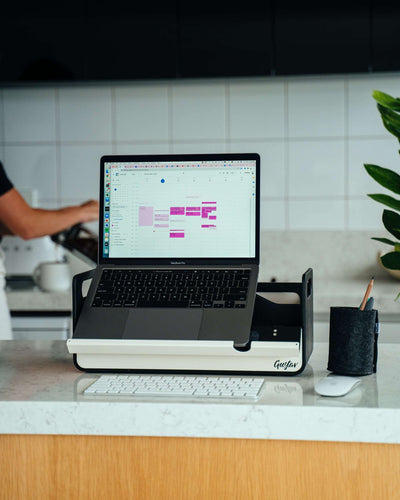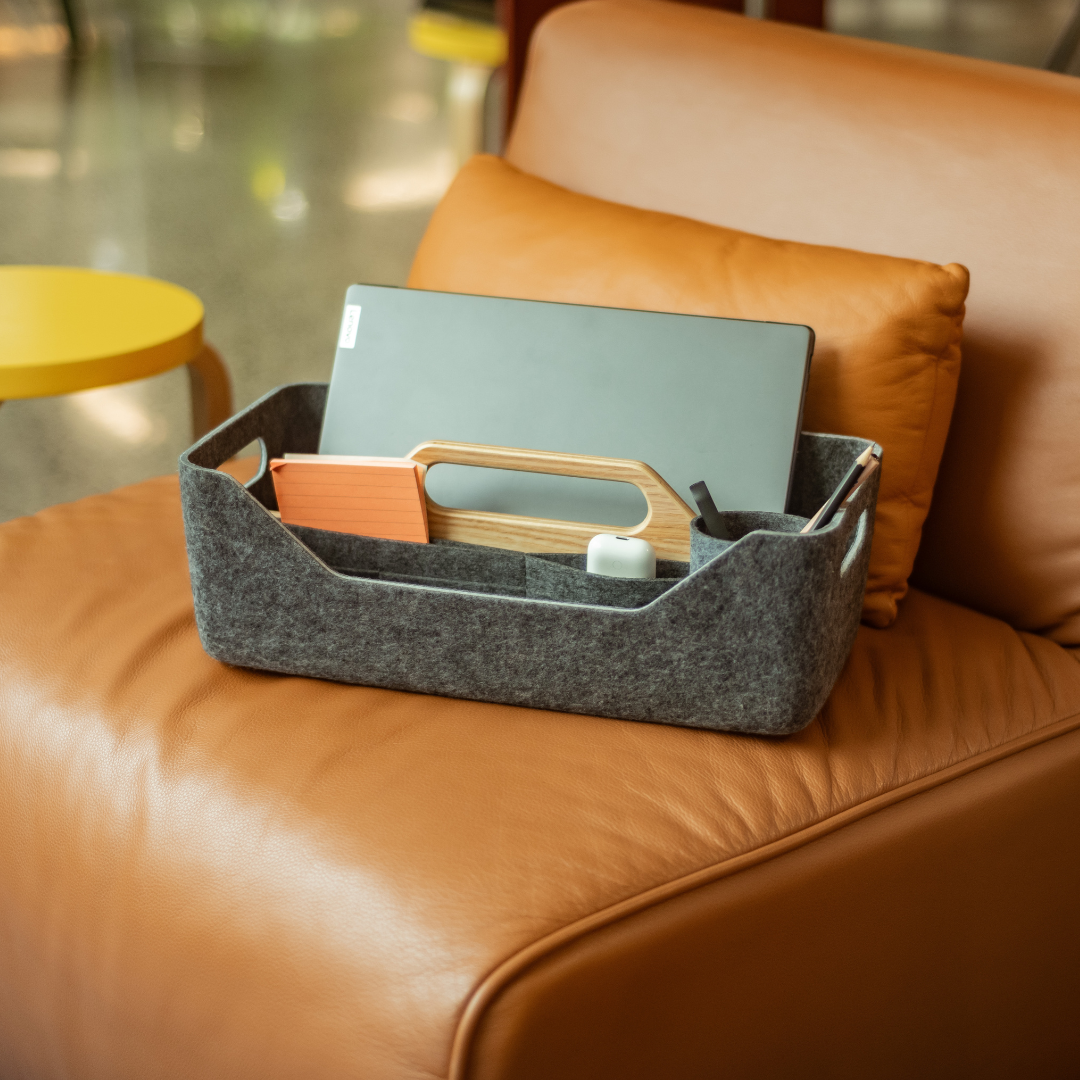Ergonomics and Office Health

Working in an ergonomically correct environment can have a number of health benefits, including reducing the risk of injury, improving posture, and increasing productivity.
An ergonomic workspace is designed to reduce strain on the body, by positioning equipment such as the computer monitor and keyboard at the correct height and angle. When your body is in a neutral position, it's less likely to experience pain or discomfort.
One of the most common injuries associated with prolonged sitting and computer use is repetitive strain injury (RSI). These injuries include carpal tunnel syndrome, tendonitis and back pain. An ergonomic workspace can help to reduce the risk of RSI by promoting good posture and reducing the need for repetitive movements.
Proper posture is also important for maintaining a healthy back. Sitting in an ergonomic chair and positioning your computer monitor and keyboard correctly can help to improve your posture and reduce the risk of back and neck pain.
Being comfortable and pain-free can also increase productivity. When you're comfortable, you're more likely to be focused and motivated, which can result in improved productivity.
Ergonomic workspaces can also reduce eye strain and fatigue caused by glare on the computer screen. Proper positioning of the monitor, as well as the use of an anti-glare screen can help to reduce eye strain and fatigue.
Finally, working in an ergonomic setup can help to reduce stress on the muscles and joints, which can reduce overall stress and tension in the body.
It's important to remember that ergonomics is not a one-time setup, but a continuous process that should be reviewed and adjusted as necessary. By making small changes to your workstation, you can improve your comfort, reduce the risk of injury, and increase your productivity.
In conclusion, working in an ergonomically correct environment can have a number of health benefits, including reducing the risk of injury, improving posture, and increasing productivity. By making small changes to your workstation and ensuring that your equipment is positioned correctly, you can improve your overall well-being and work more efficiently.









